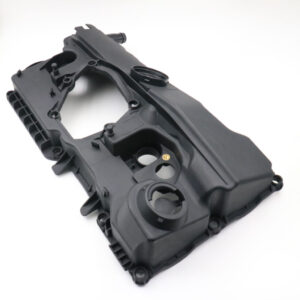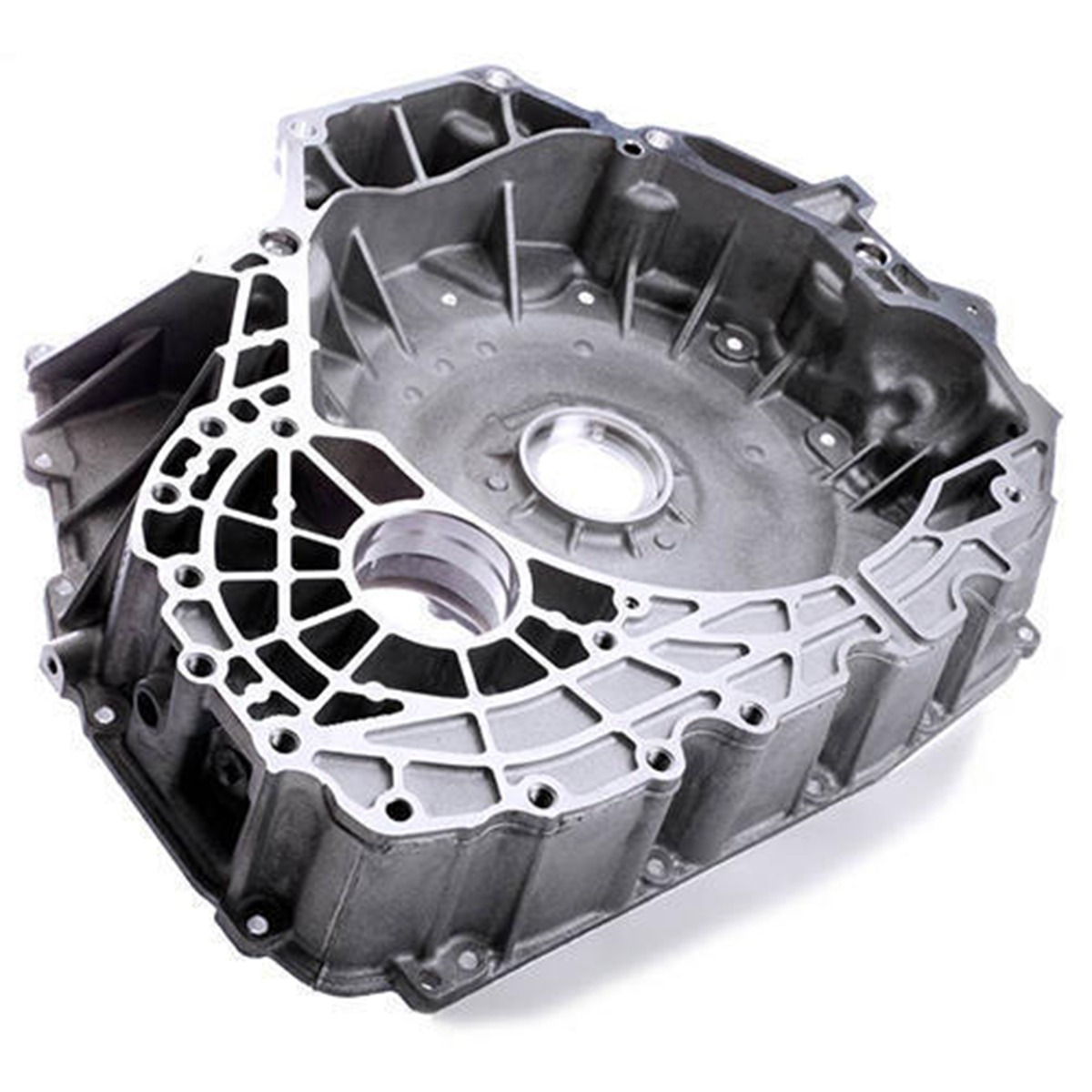
Core Terminology:
Die Casting: A metal casting process where molten metal is injected under high pressure into a reusable steel mold cavity.
Die/Mold: The hardened steel tool containing the cavity that shapes the molten metal. “Die” is industry-preferred; “Mold” is sometimes used interchangeably.
Key Components of a Die Casting Die:
Cavity & Core:
Cavity: Fixed half (ejector side) forming the external shape.
Core: Moving half (injection side) forming internal features.
Sprue/Runner System: Channels guiding molten metal from the injection nozzle to the cavity.
Gates: Controlled entry points into the cavity (critical for flow/solidification).
Overflows & Vents: Escape routes for air/gas and excess metal to prevent defects.
Ejection System: Pins/plates pushing solidified part out of the die.
Cooling Channels: Internal passages for water/oil to regulate die temperature.
Sliders/Lifters: Movable components forming undercuts or complex geometries.
Die Materials:
Tool Steel (H13 most common): Heat-treated for hardness (HRC 45-50), thermal fatigue resistance, and toughness.
Coatings (e.g., TiN, CrN): Applied to critical surfaces to reduce wear, soldering, and corrosion.
Die Types & Systems:
Single-Cavity Die: Produces one part per cycle.
Multi-Cavity Die: Produces identical parts simultaneously.
Unit Die: Modular system for interchangeable inserts (cost-effective for small batches).
Hot Runner System: Maintains molten metal in runners (reduces waste, cycle time).
Critical Design Considerations:
Draft Angles: 1°–3° taper on vertical walls for easy ejection.
Parting Line: Interface between cavity/core halves (minimizing flash is key).
Shrinkage Allowance: Compensation for metal contraction during cooling (e.g., Zinc: ~0.7%, Aluminum: ~0.5%).
Thermal Management: Balanced cooling to control solidification and minimize warping.
Die Manufacturing Process:
Design: CAD/CAM simulation of flow, cooling, and stress.
Machining: CNC milling, EDM (Electrical Discharge Machining) for complex contours.
Heat Treatment: Hardening and tempering.
Surface Finishing: Polishing, texturing, coating.
Assembly & Testing: Trial runs to optimize parameters.
7. Operational Challenges:
Thermal Fatigue: Repeated heating/cooling cycles causing “heat checks” (surface cracks).
Erosion/Soldering: Molten metal adhesion to die surfaces.
Die Lubrication: Sprayed release agents to prevent sticking and cool the die.
8. Die Life & Maintenance:
Life Expectancy: Varies by alloy (e.g., Zinc: 1M+ shots, Aluminum: 100k–500k shots).
Maintenance: Regular cleaning, crack repair (welding), surface re-polishing.
9. Cost Factors:
High initial cost (design, machining, finishing).
Justified for high-volume production (>10,000 parts).
Unit cost decreases significantly with volume.





